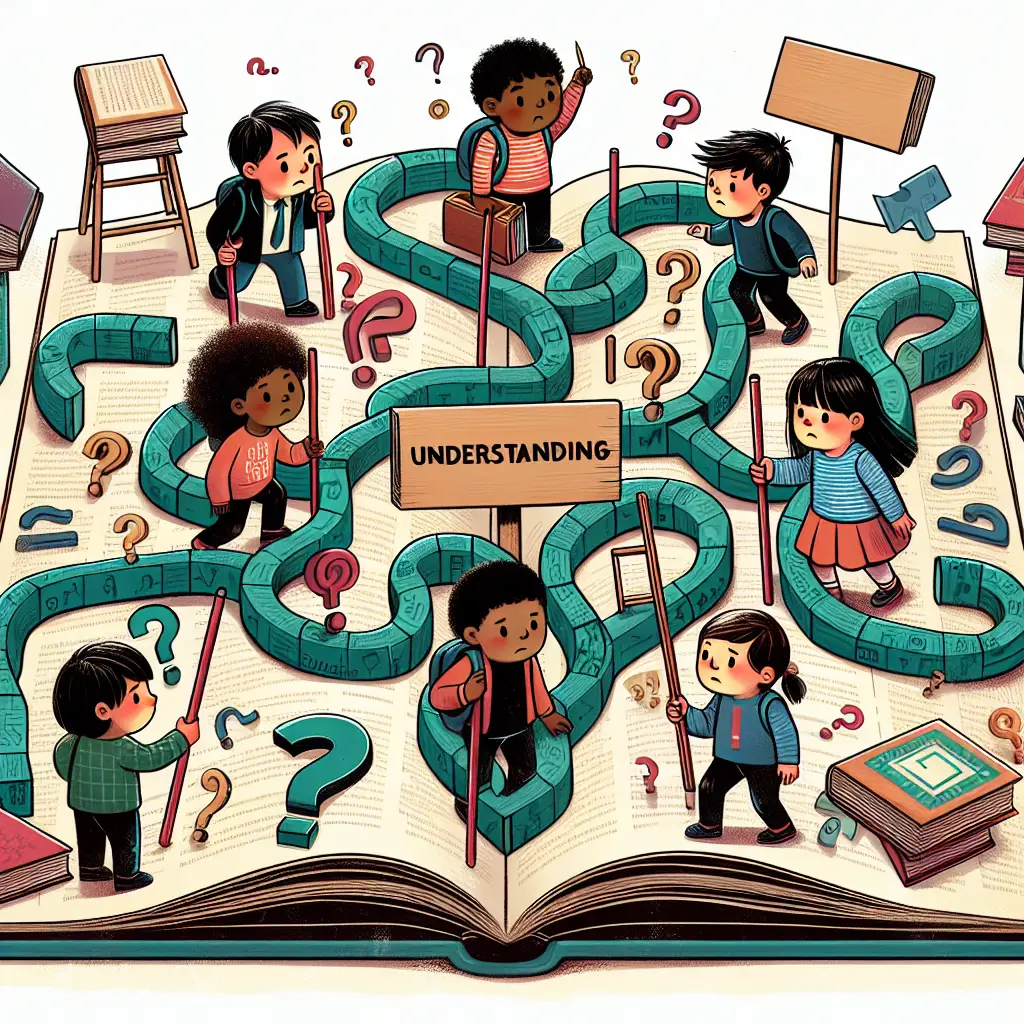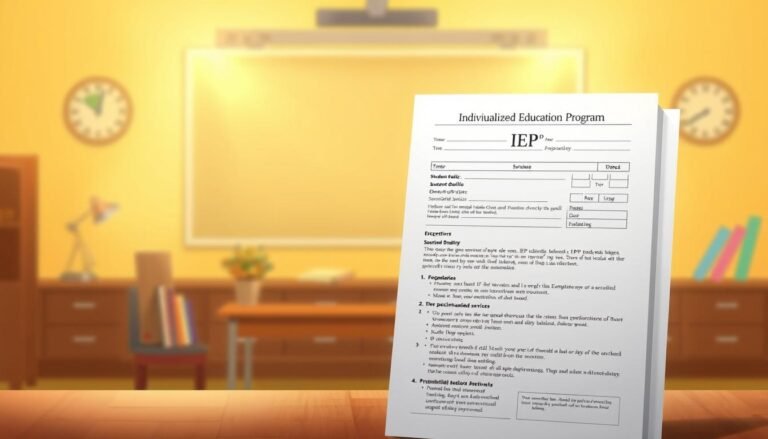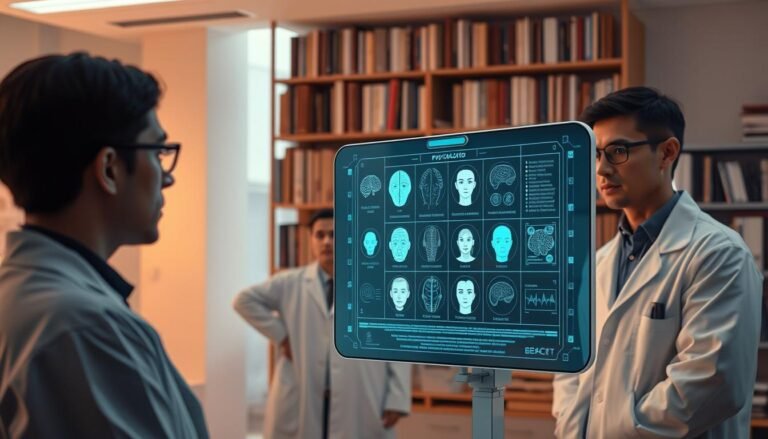
Navigating the Maze: Understanding the Learning Disabilities Diagnosis Process – Your Essential Guide
Introduction
Imagine receiving a life-altering diagnosis that opens doors to new opportunities yet feels like stepping into a complex maze. For countless children and adults navigating issues with learning disabilities, the diagnosis process can be daunting. The phrase "Navigating the Maze: Understanding the Learning Disabilities Diagnosis Process" encompasses the intricate journey that many families undertake. This article aims to demystify this process, offering unique insights while providing actionable guidance.
Understanding learning disabilities is not just a clinical necessity; it’s an essential aspect of ensuring educational success and personal fulfillment. The journey might seem overwhelming, but with the right knowledge, support, and strategies, you can find your way through the complexities.
What Are Learning Disabilities?
Before we delve into the intricacies of navigating the diagnosis process, it’s essential to define what we mean by learning disabilities. Learning disabilities refer to neurodevelopmental disorders that affect a person’s ability to read, write, compute math, or process information. These conditions are not indicative of a person’s intelligence; rather, they represent a discrepancy between ability and achievement.
Types of Learning Disabilities
- Dyslexia: Affects reading fluency and comprehension.
- Dysgraphia: Impacts writing abilities.
- Dyscalculia: Challenges in understanding numbers and mathematics.
- Nonverbal Learning Disabilities: Difficulty in visual-spatial, organizational, and social skills.
It’s paramount to recognize these conditions for what they are—specific challenges that require targeted support and understanding.
The Importance of Early Diagnosis
Navigating the maze of diagnosis is crucial for addressing learning disabilities effectively. Early identification can prevent secondary issues like low self-esteem, anxiety, and academic failure. When children receive the appropriate interventions early in their educational journey, they increase their chances of success and minimize emotional distress.
Case Study: The Importance of Timely Intervention
Scenario: Jane, a 7-year-old exhibiting signs of dyslexia, faces challenges in reading compared to her peers. Her parents, after observing her struggles, seek guidance from a school counselor.
Outcome: With a formal assessment, Jane is diagnosed with a specific learning disability. The school develops an Individualized Education Plan (IEP) addressing her specific needs, granting her access to tailored teaching methods.
Analysis: This scenario illustrates how timely diagnosis leads to effective intervention, enabling Jane to thrive academically and emotionally.
The Diagnosis Process: Step by Step
Navigating the maze of learning disabilities starts with a series of steps. Here’s a clear breakdown to guide you through this critical process.
Step 1: Observations and Concerns
Parents, educators, and healthcare professionals should keep a close eye on indicators of learning disabilities. Signs may include:
- Difficulty reading or writing at grade level.
- Trouble understanding or solving math problems.
- Challenges in following instructions or organizing tasks.
Step 2: Preliminary Discussions
Conversations with educators are crucial. Teachers offer valuable insights based on classroom performance and can initiate the process by discussing concerns with parents.
Step 3: Comprehensive Evaluation
Once concerns are established, a thorough evaluation is necessary. This typically includes:
- Interviews: With parents, teachers, and the child.
- Standardized Testing: Assessments that measure academic capabilities and cognitive functions.
- Observation: Direct observation in a learning environment.
Table 1: Typical Assessment Tools
| Assessment Type | Purpose |
|---|---|
| IQ Tests | To gauge cognitive abilities |
| Academic Achievement Tests | To evaluate skills in reading, writing, and math |
| Neuropsychological Tests | To assess specific areas such as memory and attention |
Step 4: Diagnosis
After evaluations, a comprehensive report is compiled. A psychologist or specialist interprets these results and determines if there’s a learning disability.
Step 5: Developing an Action Plan
If diagnosed, the next step is creating an appropriate action plan or an IEP, which includes accommodations and specialized teaching strategies.
The Role of the IEP
The Individualized Education Plan (IEP) is vital when navigating the maze of learning disabilities. It not only outlines the child’s unique needs but also provides a structured approach to achieving their educational goals.
Key Components of an IEP
- Present Levels of Performance: Current abilities in academic and social skills.
- Annual Goals: Objectives for the school year that are measurable.
- Special Education Services: Types of support and resources needed.
- Progress Monitoring: How progress will be assessed.
Case Study: The Impact of an Effective IEP
Scenario: Tom, diagnosed with ADHD and dyscalculia, struggles with math. His IEP outlines specific accommodations, including extended time on tests and a quiet space for completing assignments.
Outcome: Over time, Tom demonstrates marked improvement in math, gaining confidence and reducing frustration.
Analysis: This case underscores the importance of a well-structured IEP that addresses individual strengths and weaknesses, illustrating how tailored strategies can yield significant progress.
Common Challenges During the Diagnosis Process
Navigating the maze of diagnosis comes with its set of challenges. Understanding these can help you prepare and respond effectively.
Challenge 1: Stigma and Misunderstanding
Many parents worry about the stigma attached to learning disabilities. Combating preconceived notions is essential for fostering an understanding environment.
Challenge 2: Delays in Diagnosis
The process can often be slow, with waiting periods for evaluations and meetings. Patience and persistence are key during this phase, and parents should advocate for their child’s needs.
Challenge 3: Limited Access to Resources
Not all schools have the resources needed for comprehensive evaluations. Seeking external evaluations or advocacy groups can provide additional support.
Strategies for Advocacy
As you navigate the maze, taking an active role in advocacy is essential. Here are several strategies to consider:
1. Educate Yourself
Knowledge is power. Familiarize yourself with learning disabilities, educational rights, and available resources.
2. Collaborate with Educators
Building a strong relationship with teachers can facilitate communication and collaboration in addressing your child’s needs.
3. Seek Professional Support
Consult specialists like educational psychologists, speech therapists, or learning consultants for additional insights and resources tailored to your child.
Conclusion
Navigating the maze: understanding the learning disabilities diagnosis process can be a formidable journey, but it is also paved with pathways leading to success. By familiarizing yourself with the diagnosis process, understanding the importance of early intervention, and advocating for your child’s unique needs, you empower them to overcome barriers in their educational journey. While the complexities of learning disabilities may present challenges, the tools and strategies you acquire will help create a brighter future.
FAQs
1. What are the signs that someone may have a learning disability?
Common signs include difficulty with reading, writing, math, and following instructions, as well as problems with organization and time management.
2. How can I help my child if I suspect they have a learning disability?
Start by observing their challenges, communicating with their teachers, and seeking a professional evaluation.
3. Is the diagnosis of learning disabilities permanent?
No, learning disabilities can manifest differently at various stages. Early intervention can significantly reduce challenges.
4. What legal rights do children with learning disabilities have?
Under the Individuals with Disabilities Education Act (IDEA), children are entitled to free appropriate public education, including an IEP tailored to their needs.
5. How long does the diagnostic process typically take?
The process can vary but usually takes several weeks to months due to evaluations, meetings, and paperwork.
6. Can learning disabilities change over time?
Yes, with effective intervention and support, individuals can develop strategies to manage their learning disabilities, leading to improved academic success and confidence.
Navigating the maze: understanding the learning disabilities diagnosis process is not just about identifying challenges; it is about illuminating pathways to empowerment and success in education and beyond.
















